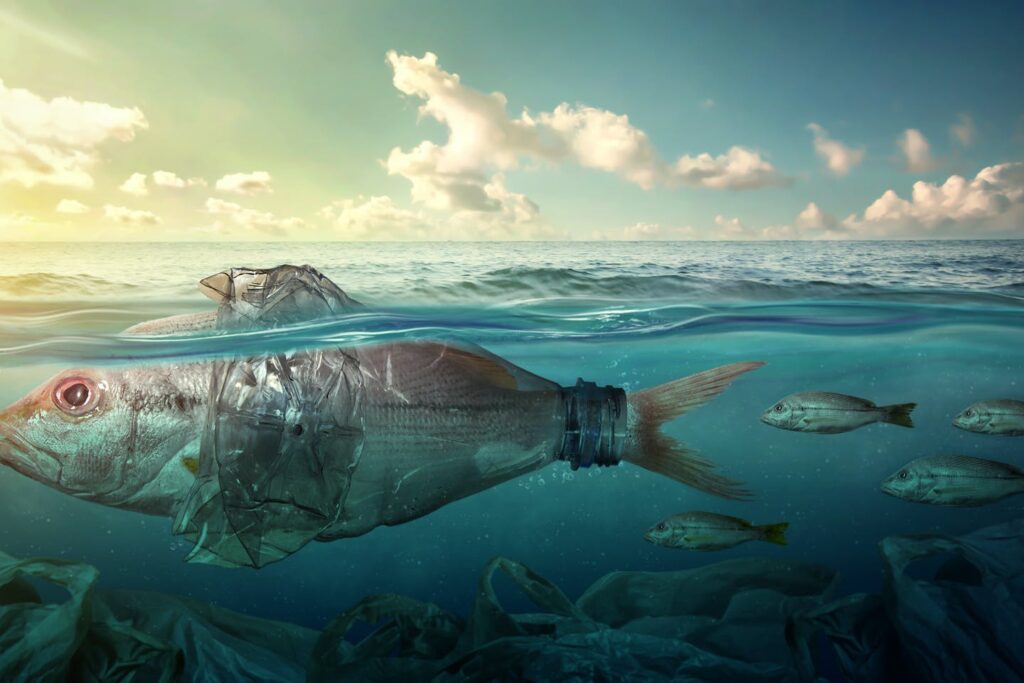The Ocean Cleanup is a highly touted nonprofit with the ambitious goal of cleaning up 90 percent of the ocean’s plastic. In reality, the initiative’s impact on the world’s floating debris would be minimal, researchers reported recently in Science of the Total Environment. Each year, 5 million to 13 million metric tonnes (11 billion to 28 billion pounds) of plastic wash into the ocean. The amount is expected to triple over the next century. Not only does this pose a danger to marine life, which can get entangled in plastic or ingest it, but it’s also a risk to human health through eating contaminated seafood.

The Ocean Cleanup is designing and developing cleanup systems to clean up what is already polluting our oceans and to intercept plastic on its way to the ocean via rivers.
A significant percentage of the plastic that enters the oceans from rivers and other sources during a transfer that can take many years, drifts into large systems of circulating ocean currents, also known as gyres. Once trapped in a gyre, the plastic will slowly break down into microplastics and become increasingly easier to mistake for food by sea life.
OCEAN SYSTEMS
Going after the plastic in the garbage patches with vessels and nets would be costly, time-consuming, labor-intensive, and lead to vast amounts of carbon emission and by-catch. That is why The Ocean Cleanup is developing a passive ocean cleanup technology, that moves with the currents just like the plastic to catch it. By deploying a fleet of systems, The Ocean Cleanup has estimated to be able to remove 50% of the Great Pacific Garbage Patch every five years. The concentrated plastic will be brought back to shore for recycling. Supporters can now register to get early access to the first product made of verified ocean plastic. The revenue gained will help fund the cleanup expansion to the other four ocean gyres.
Conclusion
The Ocean Cleanup is a project; it is our ultimate goal to reach a 90% reduction of floating ocean plastic by the year 2040.

